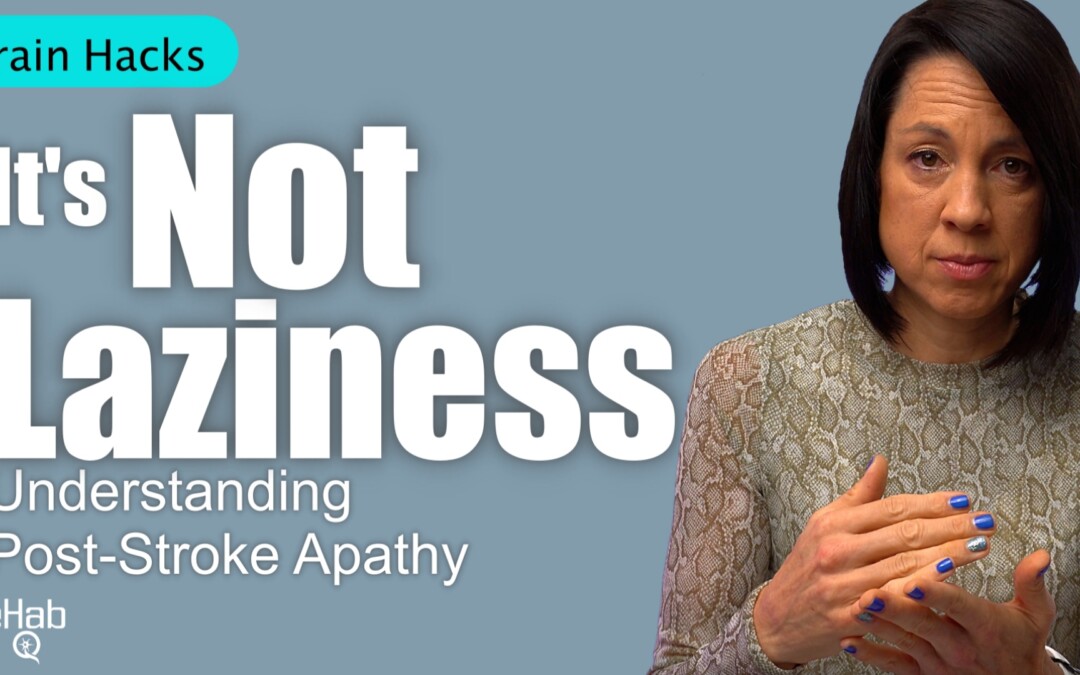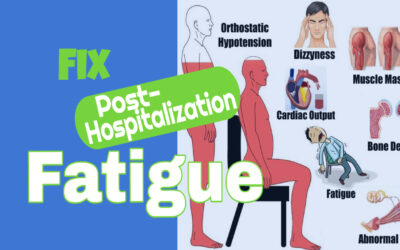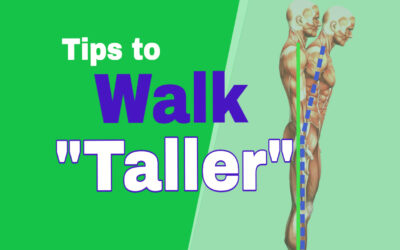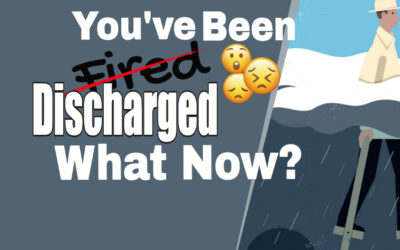What’s Really Going On When Motivation Disappears After Stroke
Recovering from a stroke is a journey that requires strength, patience, and persistence. But for many stroke survivors, the hardest part isn’t weakness, fatigue, or memory loss. It’s something less visible yet deeply impactful: apathy.
If you’ve noticed that you or your loved one has lost motivation, seems disconnected from recovery, or struggles to start activities even when they want to, it could be post-stroke apathy. This condition is far more common than most people realize, yet it often goes undiagnosed and untreated.
Recovering from a stroke is a journey that requires strength, patience, and persistence. But for many stroke survivors, the hardest part isn’t weakness, fatigue, or memory loss, it’s something less visible yet deeply impactful: apathy.
If you’ve noticed that you or your loved one has lost motivation, seems disconnected from recovery, or struggles to start activities even when they want to, it could be post-stroke apathy. This condition is far more common than most people realize, yet it often goes undiagnosed and untreated.
What Is Post-Stroke Apathy?
Post-stroke apathy is a neurological condition characterized by a lack of motivation or drive to act. It’s not the same as being lazy, unmotivated, or disinterested, it’s a symptom of changes in the brain caused by the stroke itself.
A person with apathy may understand what needs to be done and even want to participate, but they find it extremely difficult to initiate action. For caregivers and family members, this can be confusing and frustrating. It’s important to remember that this isn’t a choice or a personality change. It’s a direct result of brain injury.
What the Research Says
Research suggests that approximately one in three stroke survivors experiences some degree of apathy during recovery. While studies have shown mixed findings on whether apathy is more common after right or left hemisphere strokes, clinical experience points strongly toward those with right hemisphere involvement.
Unfortunately, individuals who experience apathy tend to have poorer long-term outcomes, not because they are less capable of recovery, but because apathy is rarely identified or addressed in therapy. When the drive to act is gone, rehabilitation participation naturally decreases, and without intervention, this can stall progress.
Why Post-Stroke Apathy Happens
Apathy develops when certain regions of the brain responsible for motivation, initiation, and emotional drive are affected by the stroke. These include the frontal lobe, basal ganglia & internal capsule, thalamus, and white matter pathways.
The frontal lobe is responsible for initiation and goal-directed behavior, while the basal ganglia and internal capsule help regulate dopamine. This is a neurotransmitter that fuels our “drive”. The thalamus acts as a relay center between thinking and emotion, and damage here can disrupt the connection between intention and emotional engagement.
White matter changes, often caused by small or repeated strokes, can gradually diminish the brain’s ability to initiate actions. These subtle changes are sometimes misdiagnosed as depression, especially when motivation decreases slowly over time.
The Challenge of Recognition
Apathy is frequently mistaken for depression, but the two are distinct conditions. Depression involves sadness, hopelessness, or emotional pain, whereas apathy is marked by emotional flatness and a lack of drive. A person with apathy may not feel sad. They simply struggle to begin or sustain activity.
One of the reasons post-stroke apathy is often overlooked is anosognosia, a condition where individuals are unaware of their own limitations. This can make it difficult for them to recognize that they need help or to understand the extent of their condition.
Because of this, caregivers play an essential role in noticing changes and communicating them to healthcare professionals. From there, the clinician’s task is to differentiate between depression and apathy to ensure the right interventions are provided.
Signs of Post-Stroke Apathy
You might notice:
- Needing constant reminders to start tasks
- Acting only when told
- Feeling emotionally “flat”
- Losing interest halfway through activities
- Saying “I know I should” but never starting
If these behaviors last more than a few weeks, it might be time to talk to your healthcare provider.
What Helps Rebuild Motivation
The good news? Apathy can improve with the right strategies. The brain can relearn how to initiate and engage, but it takes structure, consistency, and patience.
1. Use a Timer
Start small. Set a 20-minute timer for your therapy or task. Knowing there’s a clear start and end makes it less overwhelming and helps your brain “activate.”
2. Keep a Daily Checklist
Write down 3 simple tasks each morning, like “stretch for 5 minutes” or “walk to the mailbox.”
Checking things off gives your brain a dopamine boost and helps rebuild drive.
3. Keep Things Simple
Focus on one therapy activity per day and be consistent. After a month, you can gradually add another activity. Small, steady progress helps the brain re-engage without feeling overwhelmed.
4. Focus on the Basics
Sleep, nutrition, mindfulness, and gentle movement all improve attention and energy. Think of them as the foundation for rebuilding motivation.
5. Caregivers: Keep Prompts Simple
If you’re supporting someone with apathy, be patient. Give clear, calm prompts and avoid nagging, it’s not that they don’t care, their brain just needs more cues to act.
6. Emerging Approaches
-
Repetitive Transcranial Magnetic Stimulation (rTMS): Early research shows promise in enhancing motivation by targeting neural pathways.
-
Dopaminergic medications: Can be beneficial under medical supervision,. Stimulants such as amphetamines are generally not recommended after stroke.
Final Thoughts
Post-stroke apathy is not a sign of laziness. It’s a neurological condition that deserves understanding and proper care. Recognizing it early, involving caregivers, and working with professionals who understand its root causes can greatly improve recovery outcomes.
If you or a loved one is struggling with motivation after a stroke, know that it’s not about willpower, it’s about healing. The more we understand how the brain works, the better we can support its remarkable ability to recover.
So, if motivation feels hard right now, don’t wait for it to return, start anyway, even for one minute. Action itself can reawaken drive and help your brain heal.
And if you’d like help building a plan that actually works for your recovery, join us at Rehab HQ. We’ll help you create realistic routines, track your progress, and reconnect with your motivation step by step.
👉 Click here to explore our recovery plans or learn more about one-on-one coaching with Tara.
Articles you may be interested in
How to become a “high achiever” in Neuro Rehab
There are "high achievers" in every industry. Including in neuro rehab. I consider these the "outliers". The ones who did what others couldn't. They recover more movement than expected. High achievers have a different gear. And truth be told, it is not one that I...
Neuro Rehab: Your Mind Is Your Superpower
"Only you can decide how far you will go". It is true. Your mind is your super power. There are many who may disagree with me on this, but after 20 years of helping people who have suffered life changing injuries, my conviction is unwavering. You either believe you...
Neuro Rehabilitation: The Choice To Try
“Every accomplishment starts with the decision to try.” – JFK Yes, deciding to try is a choice. In my opinion, it is the only choice. "Choosing to try" (that impossible skill) is hard. What if you fail? What if you put in the time and you don't get your desired...
Post Hospitalization Fatigue: What causes it and how to do fix it?
Do you ever feel so tired, you don't even want to get out of bed? If so, you wouldn't be alone. There is a really good reason for this. Fatigue is an extremely common problem after a hospitalization. And sometimes, it has nothing to do with the reason you were...
Fix a forward flexed posture
Do you ever have any "well-meaning" therapist tell you to stand up taller? 😬🤷🏻♀️ Well, you would not be alone. This is a pretty common problem that has a few different root causes. What causes a forward flexed posture? Weakness Weak hip muscles can potentially lead...
Can’t lift a stiff leg? Try this.
Can't lift a stiff leg? This is a pretty common problem that has a few different root causes. Knowing the root cause is the best way to identify the best exercises. What can make it difficult to lift a stiff leg? Weakness Weakness in the muscles that flex the hip...
Spasticity: Does fear make it worse?
Fear can be a crazy thing. And in some cases can be the root cause of spasticity. Yup, negative emotions can actually make spasticity worse. And in this case, I am going to lump situational fear and anxiety together. What I mean is that maybe you are walking really...
Neurologic Rehabilitation: Master Turn Steps
Turn steps are a critical part of walking without fear of falling. It is also a critical step in neurologic rehabilitation. To understand how to master a turn step it is good to understand all of the little movements that are involved: What movements are required for...
Discharged from therapy. What now?
So, you have been discharged from therapy. So, what now? For some, this is a positive step in the rehab process. Some will understand right away that this is progress. On the other hand, for others it can bring up all kinds of negative emotions. "Is my therapist mad...
Walking Exercises for Stroke Patients
Many people inquire about the "best exercises" for stroke patients to improve walking. I like to use the term "Drills" when referring to "stroke exercises". Why? Because "Drills" are what I think of when I think of repetitive movement. Case and point, drills are...











